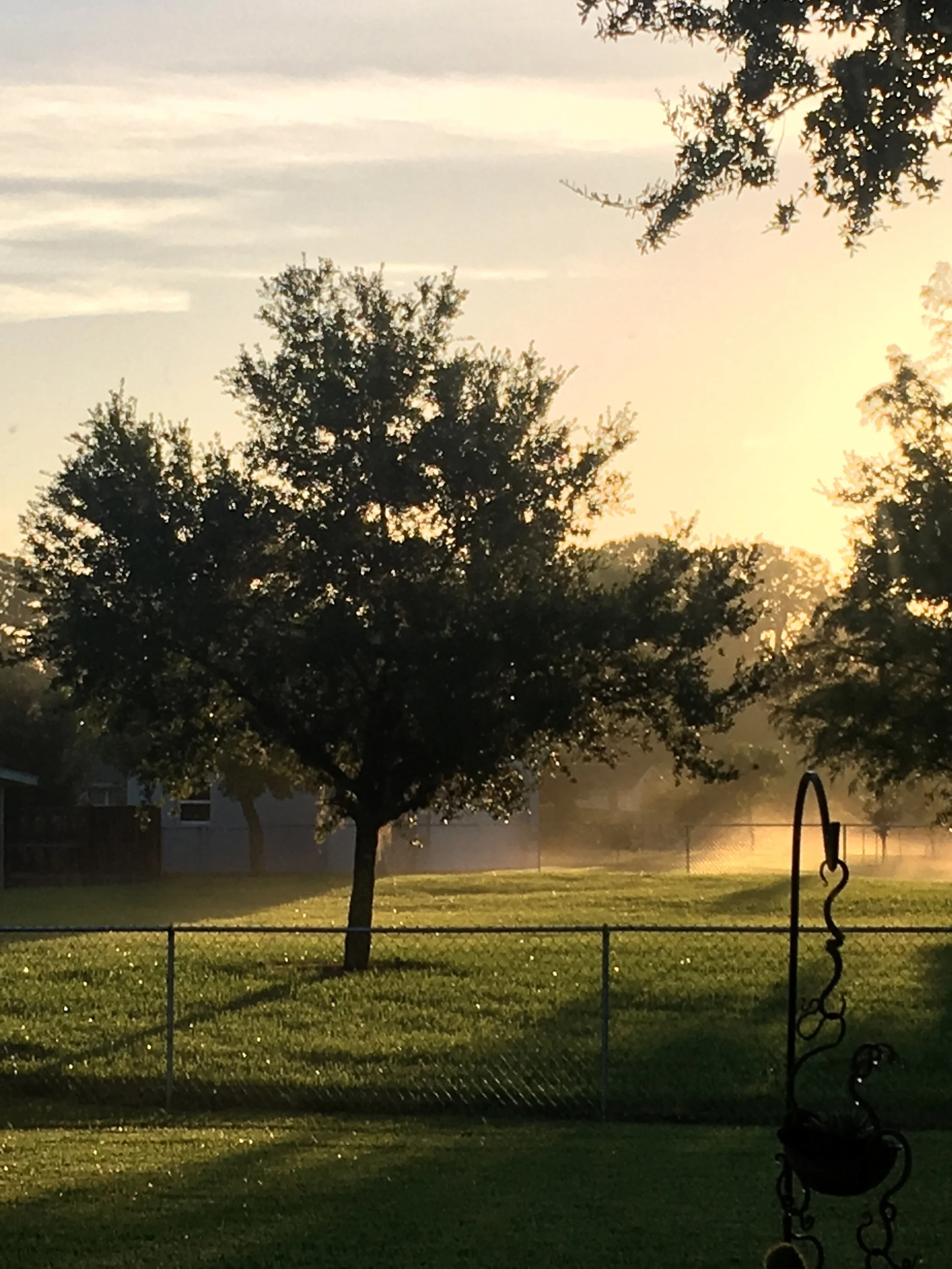Testamentary Division of Land
Dividing and Distributing Land in a Will
Everyone knows that the transfer of real property to estate heirs can be accomplished in a Will. What is frequently overlooked is that it may be possible to divide land through a Will and then distribute it to heirs as incremental parcels created from the original ownership.
Even attorneys can overlook this potential opportunity because, by nature, this method of division extends beyond a single area of specialization within the law. That is, estate planning attorneys don’t typically advise on real estate matters. Likewise, real estate attorneys know that estate planning is outside their normal scope of practice. Hence, the potential opportunity can be overlooked by one or both professionals.
What is the basic concept?
Jones is eighty-seven years old and owns 20 acres of land. He has 4 adult children and provides in his Will that upon his death each child will inherit a separate five-acre parcel, thus dividing the land in ¼’s. In his estate planning he follows all the applicable laws of his state regarding testamentary devise and a Will is created supporting his intent. Upon his death, the 20 acres is divided into four separate legal parcels and they are distributed to his heirs through the laws of descent and distribution of his state.
Actual client case
My client owned a parcel of undeveloped land in the county and state in which he lived and he wanted to plat it into residential lots. Before he could do anything meaningful with it he was diagnosed with terminal cancer. Knowing and accepting his fate he updated his overall estate plan. As it related to the undeveloped land, he originally intended to will the entire parcel to 5 heirs, along with the funds necessary for me to plat it on their behalf into residential building lots. I was to use the standard county platting process that would take about 2 years to complete. This plan had some drawbacks since the heirs were not seasoned land investors and a couple of them had low risk profiles. Also, I had been around heirs before. In my experience they always want the money now and I wasn’t sure how well it was going to work for them (or for me) while I was slogging through the entitlement process with the county for the next two years.
During consultations on this matter I recalled a topic that was reviewed in a real estate law course that I took years before. It related to testamentary land division. Since the client owned the land as a natural person and held title with an undivided ownership interest, it seemed that he might be a qualifying candidate. Further legal research confirmed that the state in which he lived allowed division of land through a Will within its Revised Code pertinent to subdivisions.
Key Planning and Implementation
He could only divide the land to the minimum lot size currently zoned in the county the land was located in. In this case, 5 acre / residential.
The proposed testamentary parcels were surveyed.
A conceptual site plan map was created that further identified the proposed parcels visually and they were numbered. The client identified the parcel numbers that were to be willed to each heir, supported by the legal descriptions.
For the layout, care was taken to ensure that each proposed testamentary parcel had an approvable future building site and that future road and utility construction was possible.
Environmental compliance was accounted for. In this case the two primary issues were leaving enough wetland buffer space and setbacks from steep slopes for the future building sites.
His estate planning attorney added the legal descriptions and numbered site plan of the testamentary parcels to his Will, along with the proper legal language providing for their creation upon his death.
When my client passed away the testamentary division went seamlessly. The parcels were created as a matter of state law the moment he passed away and they were later recorded in the county. I faced no unusual problems in permitting and constructing the road and utility infrastructure for the recorded parcels that could be relatable to the use of this atypical division method.
Be Aware
Obviously, Wills are for natural persons only. In this case, if the land was in a Corporation, LLC or Trust this strategy would not have worked.
The client was also the sole owner of record, so he held a completely undivided interest in the land. Once he passed away, there were no living persons with a surviving ownership interest that might disqualify the plan.
Creating parcels by testamentary devise does not necessarily equate to a building-permit-ready lot. Additional permits for utilities, roads and other site-specific improvements were required.
State, county, city or local ordinances should be reviewed to see how they apply.
Summary
In this case, state subdivision exemption law provided the alternative to the customary platting process with a Will as the vehicle. However, the newly created parcels were still subject to county code requiring further permitting and approvals for the final improvements.
How the client’s estate saved enormous cost and time was not having to plat the land by a traditional long plat. I estimate the savings was about 1/3 of the final cost basis of each lot in the project and about two years in time.
In addition to myself, the core professionals used in the creation and execution of this example were an estate planning attorney, real estate attorney and licensed surveyor.






